In some ways, the Kingdom of New Spain, centred in what we now call Mexico, was at its height in the Versailles Century (1682-1789).
It certainly reached its greatest territorial extent in the 1700s, as the map below illustrates.
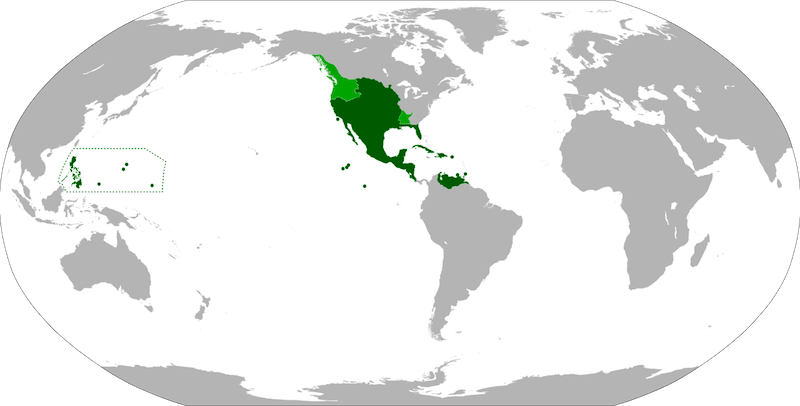
By Eddo – Own workFile:BlankMap-World-90W.svgFile:New Spain.pngFile:Nueva España 1795.pngFile:Spanish Provinces in the Pacific.png, CC BY-SA 3.0, https://commons.wikimedia.org/w/index.php?curid=11435488
The light green areas represent the last areas to be claimed by the Spanish before the onset of the Napoleonic Wars and the War of Independence, which resulted in the collapse of Spanish rule and Mexico’s independence in 1821, not to mention that of the other countries of Central and South America.
Early in the period, a seminal event occurred in Europe that had a profound effect on New Spain: the replacement in 1700 of the Habsburgs by the Bourbons on the Spanish throne in the person of Felipe V, a grandson of France’s Louis XIV. This was accomplished through the War of the Spanish Succession, about which there is a 6-part series on this very blog. You can read Part 1 here: http://versaillescentury.com/2016/12/07/war-spanish-succession-1701-1714/#more-654.
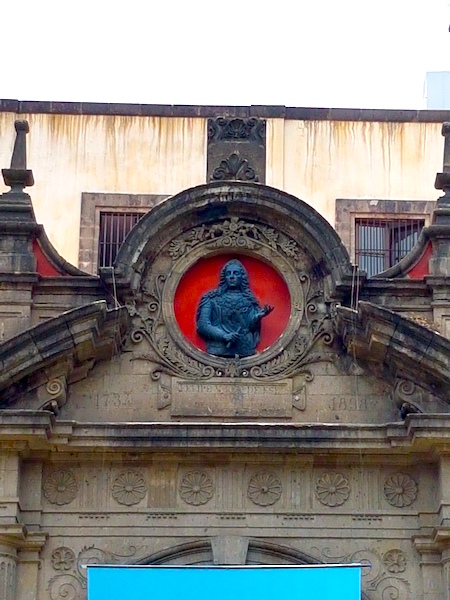
The likeness of Felipe V (r. 1700-1746) presides over a courtyard, now part of the National Museum of World Cultures, at the rear of the National Palace in Mexico City.
Bourbon rule had two consequences: territorial expansion, as mentioned above, and administrative reform.
Most of the expansion took place during the reign of the most energetic of the Bourbon kings of Spain, Carlos III (r. 1759-1787). When Carlos III came to the throne, Spain was supporting his French cousin, Louis XV, in the Seven Years’ War (1756-1763). By the terms of the Treaty of Paris (1763), the vast French territory of Louisiana was ceded to Spain. Fearing British colonial ambitions, Carlos III then determined that Spain should claim the entire west coast of North America. In the late 1760s, he authorized the establishment of “missions,” i.e. church-centred settlements, in what is now the western United States, thus giving birth to places that we now know as San Diego, Santa Barbara, and San Francisco, among many others. Other outposts were eventually established as far north as Alaska.
One of the biggest reforms instituted by Carlos III was the creation of the intendancies, an innovation copied from the elder branch of the Bourbons in France. Essentially, an intendant was appointed to every province to supervise administration, leaving the governor in control only of military matters and ceremonial duties. The intendant, always an outsider appointed directly by the crown, was supposed to be impartial and immune to local vested interests. In practice, however, this meant that intendants were Spaniards, peninsulares, whose circumvention of traditional local authority and privileges was resented by the American-born elite. This resentment fueled the eventual movement for independence.
It should be pointed out that New Spain was in fact a constituent kingdom of the Spanish monarchy alongside Castile, Aragon, Navarre, etc. Its administration was separate from the other Spanish kingdoms, and, lacking a Cortes, it was subject to the King’s absolute authority. He was represented by a Viceroy, who resided in Mexico City. Between 1535 and 1821 there were 62 viceroys. Pictured below is Juan Francisco de Güemes y Horcasitas, 1st Count of Revillagigedo, Viceroy of New Spain from 1746 to 1755.
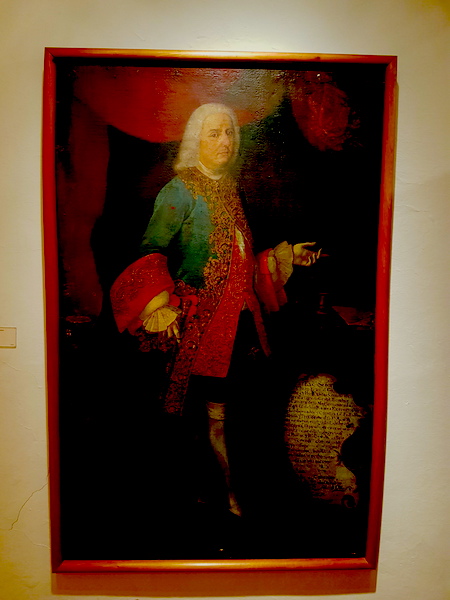
Juan Francisco de Güemes y Horcasitas, 1st Count of Revillagigedo. Photographed in the Museo Franz Meyer in Mexico City, 2017.
It was his son Juan Vicente, 2nd Count of Revillagigedo, who introduced the intendancies during his own reign as Viceroy from 1789 to 1794.
Silver and tin mining were at their height during the 18th century, thus making Mexico the chief source of revenue for the Spanish kings. Enough of the wealth remained in Mexico, however, for the local elites to build lavish churches and palaces. Most of the fine colonial buildings we see in Mexico today date from the flowering of the Mexican Baroque during the Versailles Century. One of the chief jewels of this New World iteration of the later Baroque is the church of Santa Rosa of Viterbo in Querétaro, north of Mexico City. It was completed in 1752 (see below).
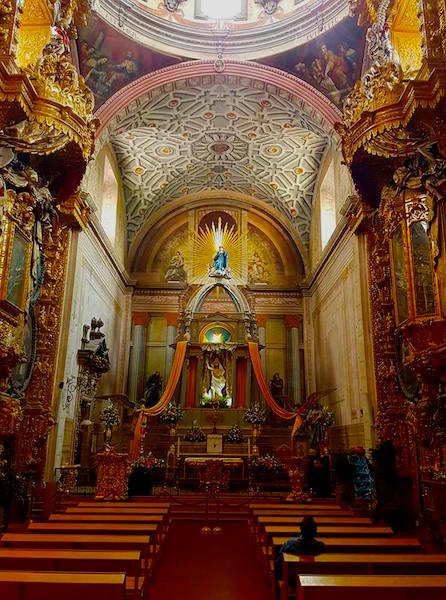
Santa Rosa de Viterbo, Querétaro, 2017.
In addition to architecture, there was also a flowering of the visual, plastic, and decorative arts in New Spain during the 1700s. I plan to bring you words and images about some of the works of art and great artists of New Spain who are not well-known in English-speaking parts of the world. For instance, on my recent visit to Mexico City, I stumbled on an exhibition dedicated to Cristóbal de Villalpando (1649-1714), the chief exponent of the Rubensian style in the Americas.
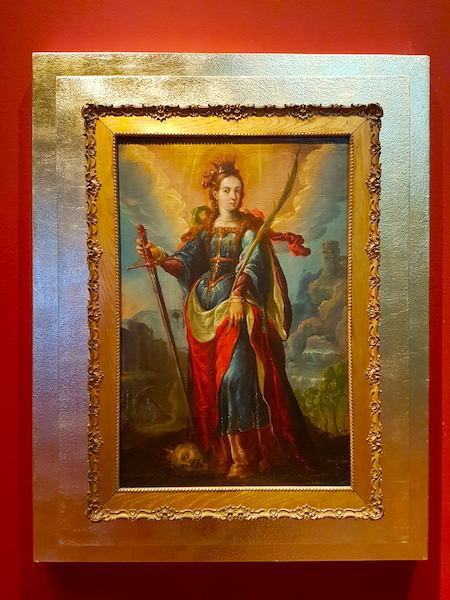
St. Catherine of Alexandria by Cristóbal de Villalpando.
Have you been to Mexico, or another constituent part of what was formerly New Spain? Please share your impressions below, on our Facebook page, or in our gallery on Instagram.







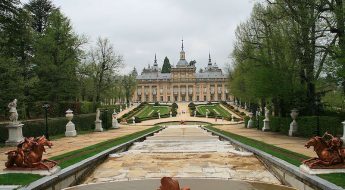
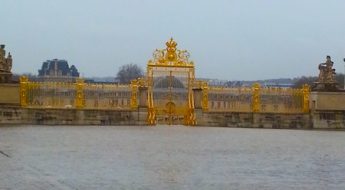
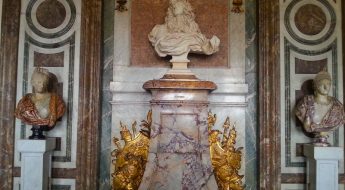








Leave a Comment